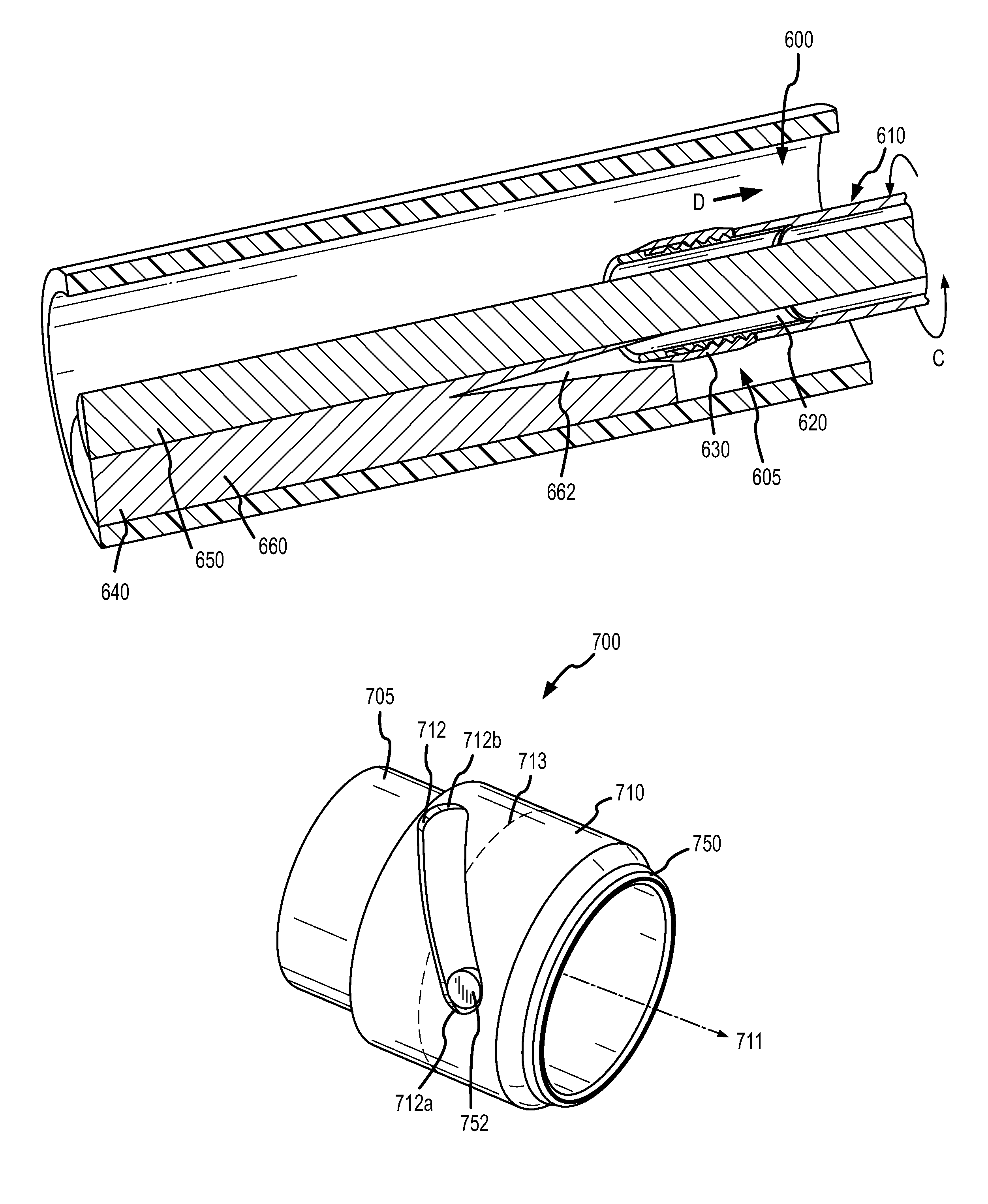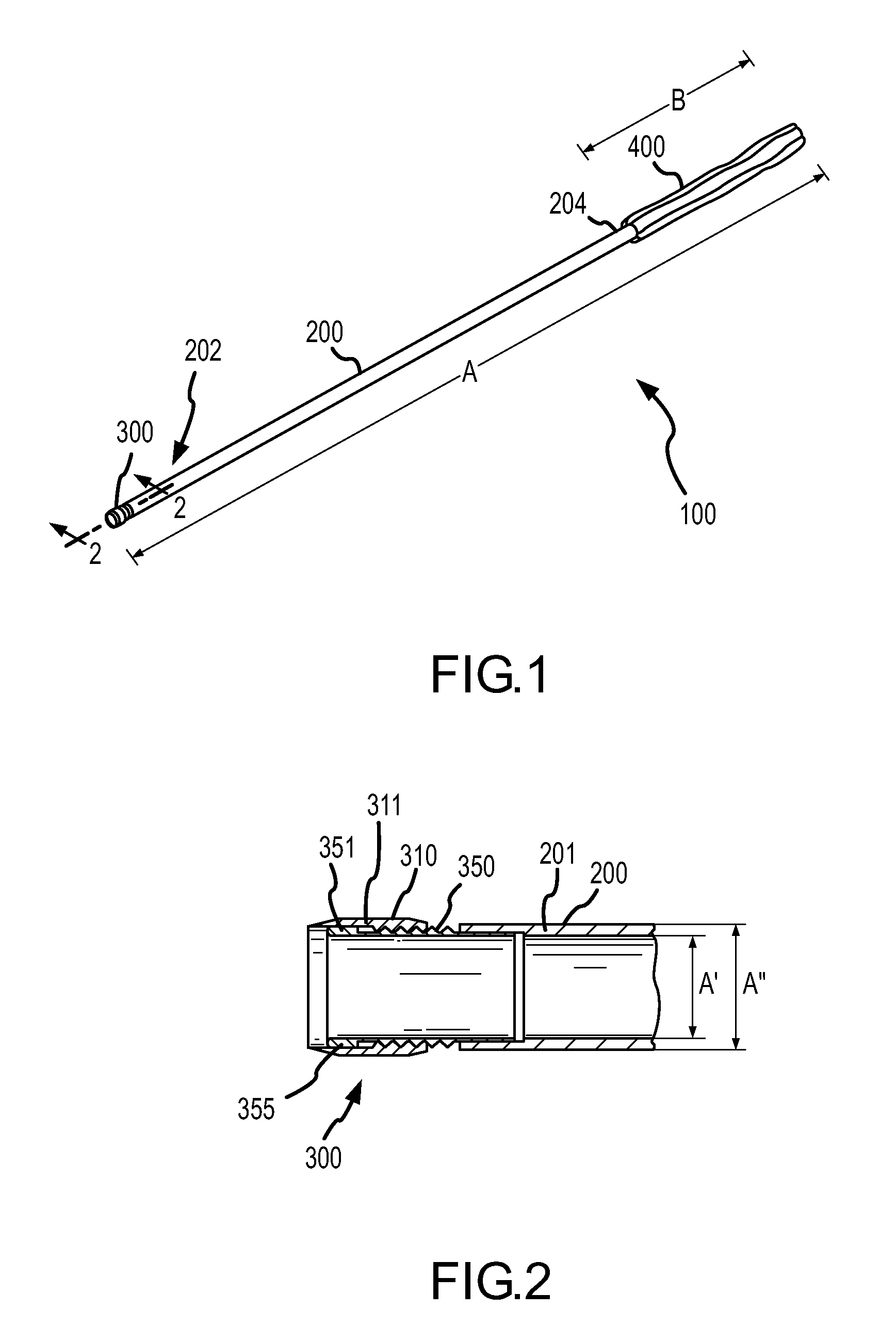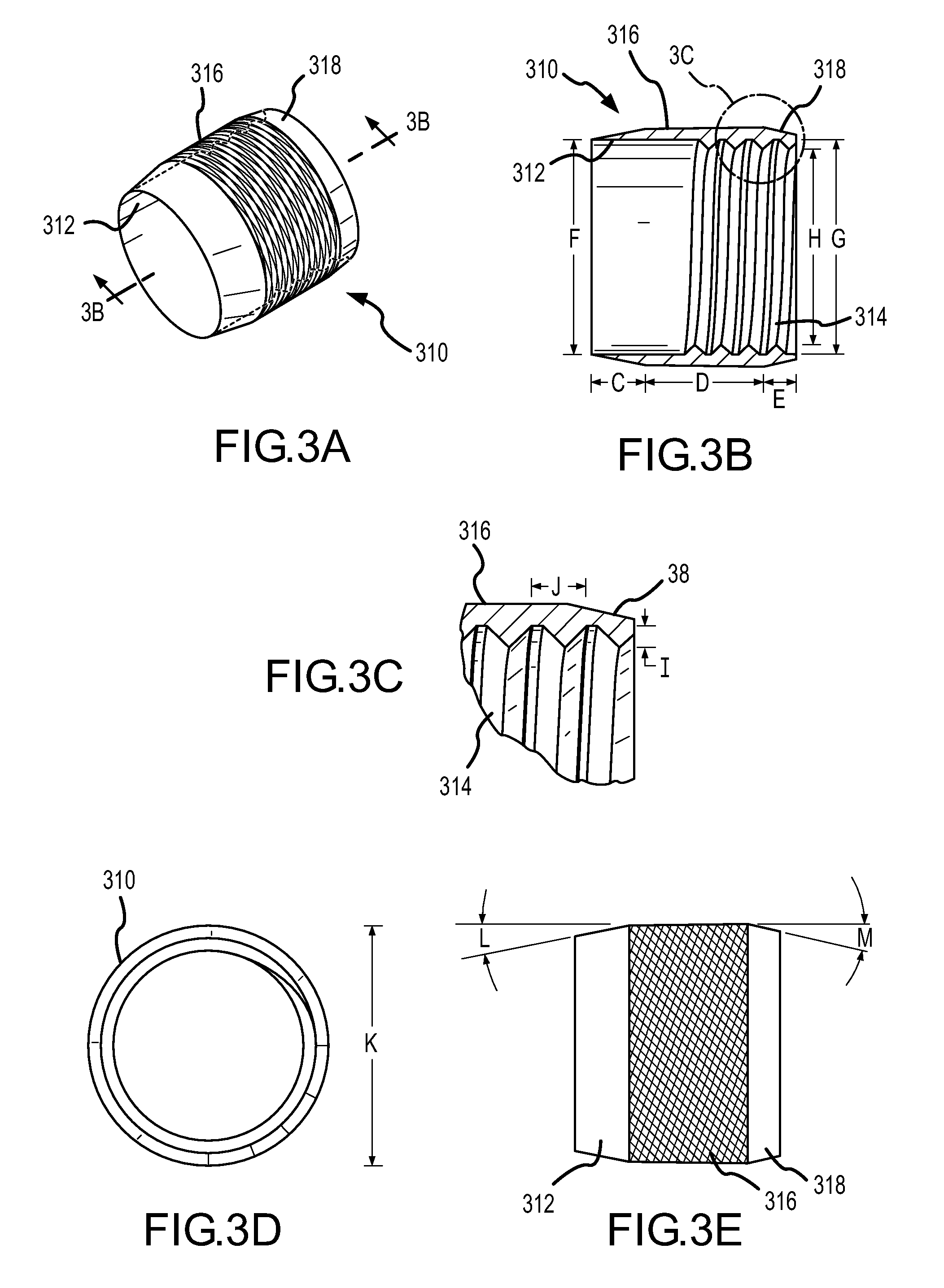Retractable separating systems and methods
a technology of separating system and lead, applied in the field of system and method, can solve the problems of scar tissue or adhesion development, metal sheaths that are currently used to strip scar tissue from implanted leads often cannot traverse the tortuous lead path, and the metal sheaths that are currently used to strip scar tissue from implanted leads may present complications, so as to minimize the force on the lead and the vascular system, and the effect of safely deployed within the vascular system of the patien
- Summary
- Abstract
- Description
- Claims
- Application Information
AI Technical Summary
Benefits of technology
Problems solved by technology
Method used
Image
Examples
Embodiment Construction
[0023]Embodiments of the present invention provide a mechanical sheath and separating tip that can be safely deployed within the vascular system of a patient. A separating system can include, for example, a flexible sheath coupled with a separating assembly, which includes a separator and a tip. The separator can be advanced distally beyond the tip by rotating the sheath in one direction. Conversely, the separator can be retracted back into the tip by rotating the sheath in the other direction. The penetration action of the sheath can be accomplished by rotation of the sheath to minimize force on the lead and vascular system.
[0024]Turning now to the drawings, FIG. 1 shows a separating system or tool 100 according to one embodiment of the present invention. Separating or cutting system 100 includes a sheath 200, a separating assembly 300, and a handle 400. In some embodiments, sheath 200 includes or is manufactured from a flexible polymer such as Pebax® or Teflon®, and may also inclu...
PUM
 Login to View More
Login to View More Abstract
Description
Claims
Application Information
 Login to View More
Login to View More - R&D
- Intellectual Property
- Life Sciences
- Materials
- Tech Scout
- Unparalleled Data Quality
- Higher Quality Content
- 60% Fewer Hallucinations
Browse by: Latest US Patents, China's latest patents, Technical Efficacy Thesaurus, Application Domain, Technology Topic, Popular Technical Reports.
© 2025 PatSnap. All rights reserved.Legal|Privacy policy|Modern Slavery Act Transparency Statement|Sitemap|About US| Contact US: help@patsnap.com



